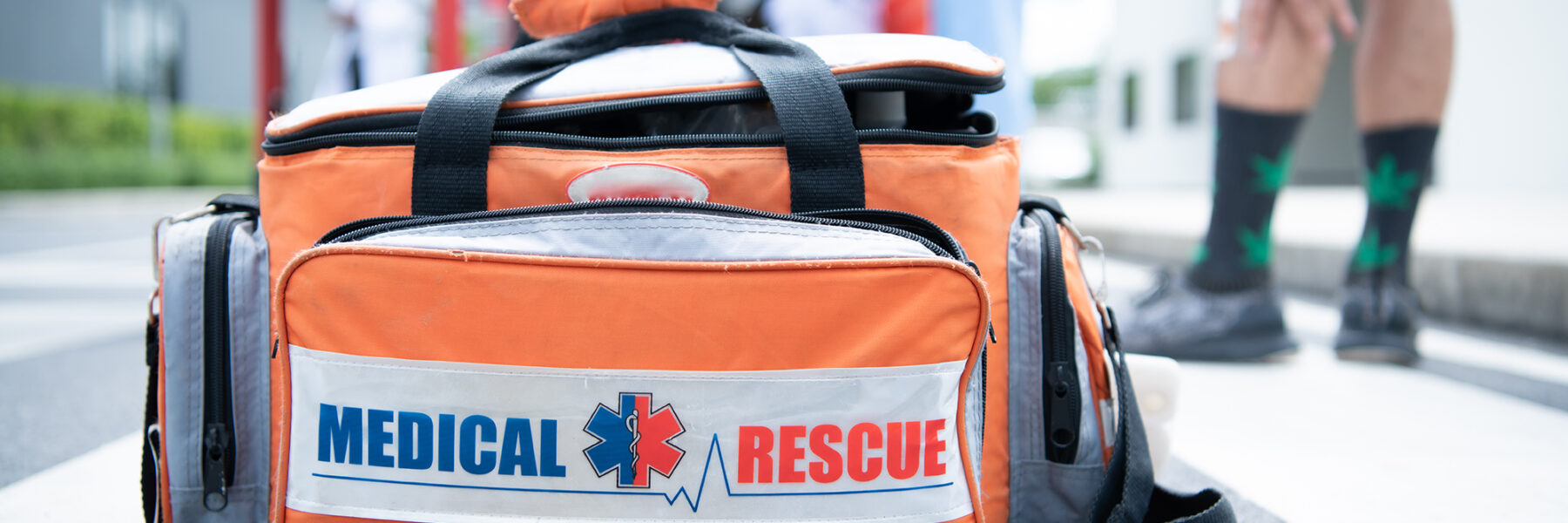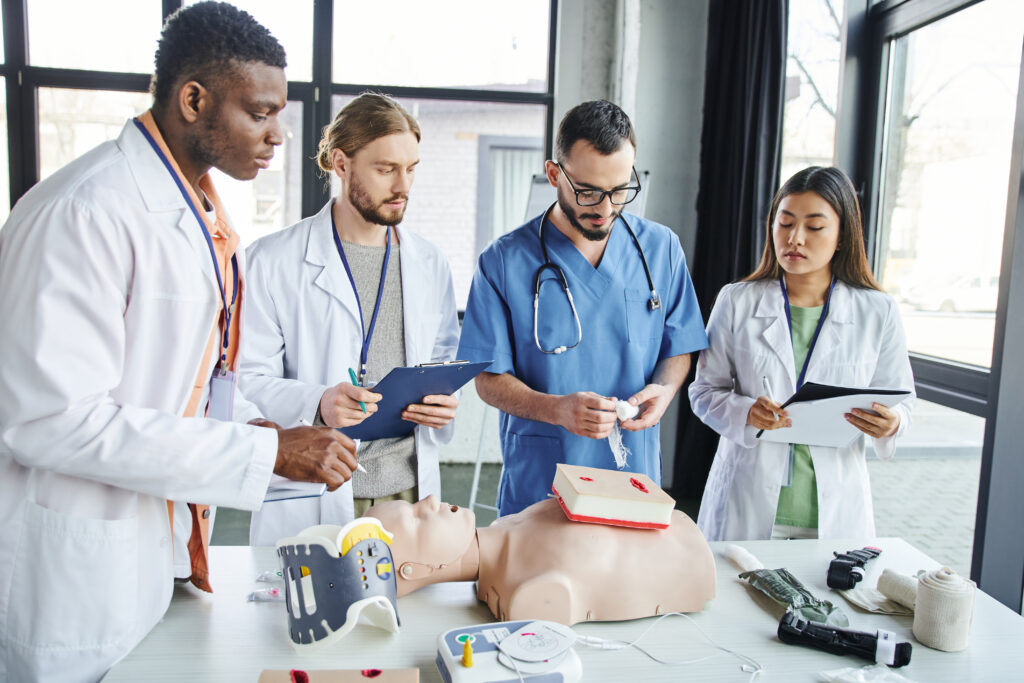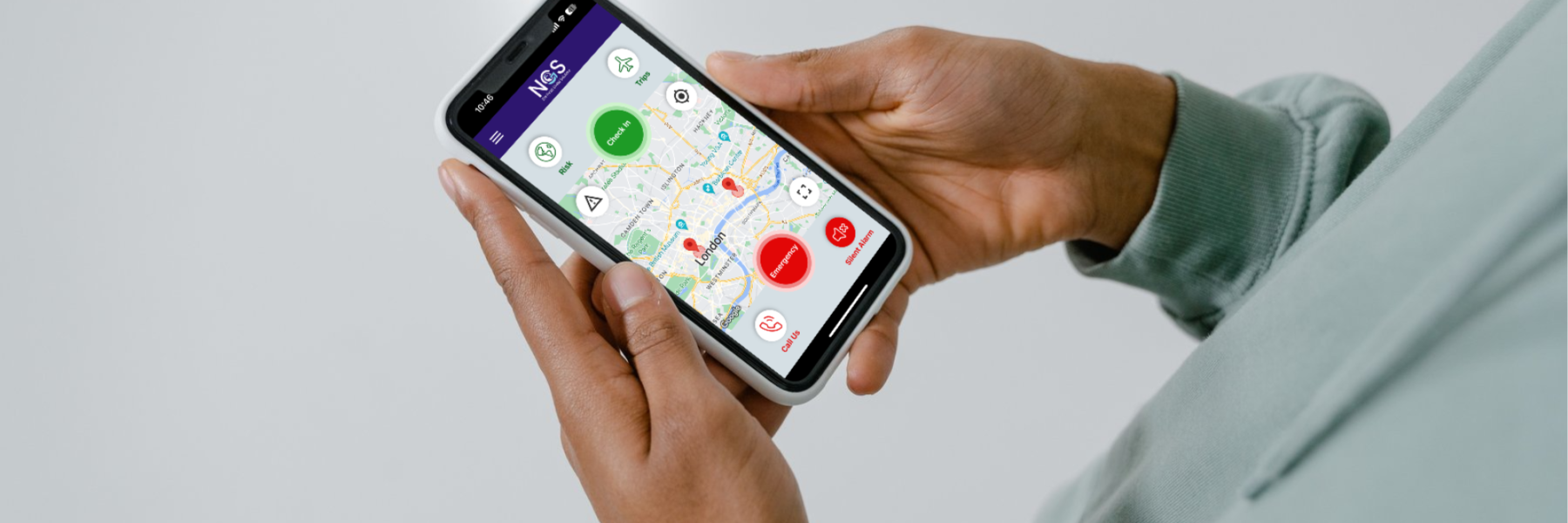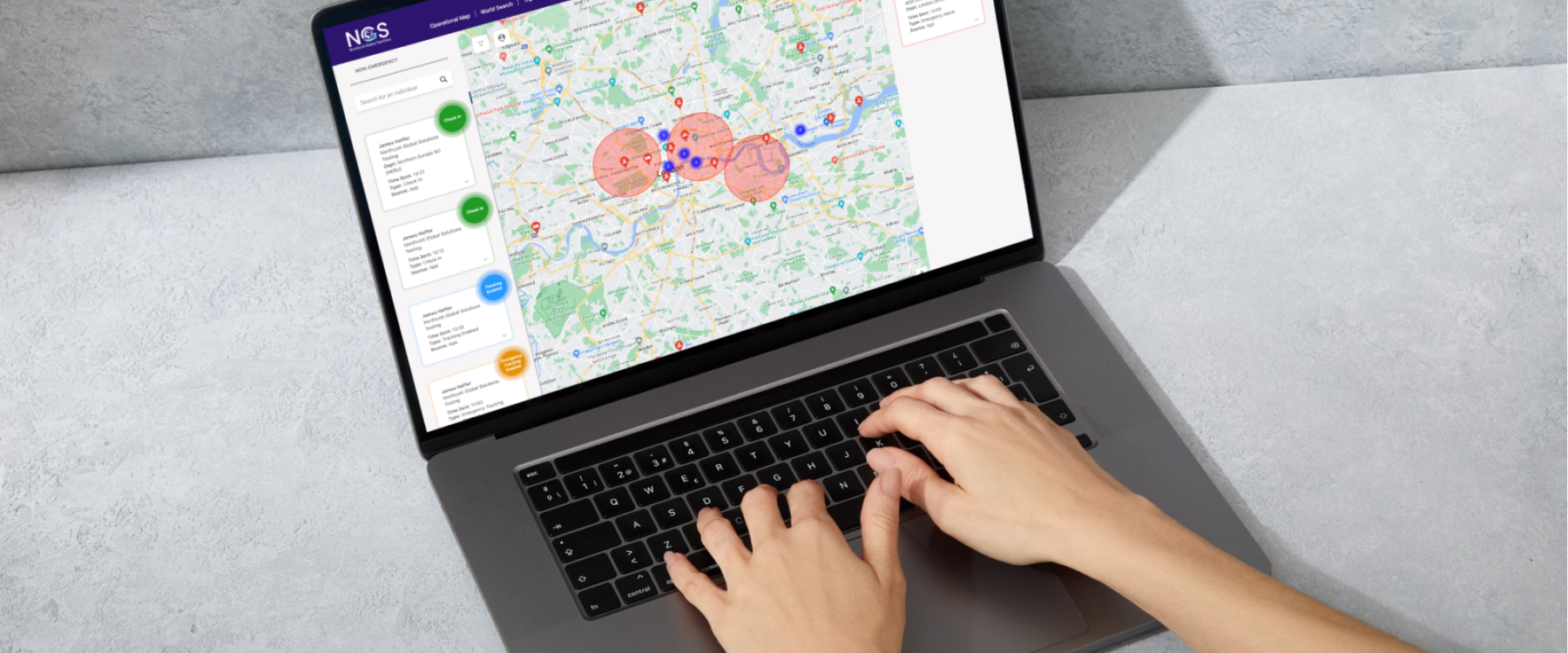In this comprehensive guide, you’ll discover key strategies for effective emergency medical response. We’ll cover best practices, essential tools, and steps to ensure swift and efficient action in critical situations.
Emergency medical response (EMR) refers to the immediate medical care provided by trained professionals during a medical emergency. This critical service is typically delivered by emergency response teams, including paramedics, emergency medical technicians (EMTs), and other first responders. Their primary objective is to stabilise patients, provide life-saving interventions, and ensure safe transportation to healthcare facilities for further treatment.
In any medical emergency, time is of the essence. Rapid response can mean the difference between life and death. Quick action is crucial because:
By understanding the essential elements of emergency medical response, organisations can better prepare for medical emergencies, ensuring the safety and well-being of their employees and clients. Incorporating advanced training, proper equipment, and efficient protocols are key to enhancing the effectiveness of emergency medical response efforts.

Basic medical kits are essential for any emergency response team. These kits typically include items such as bandages, antiseptics, gloves, gauze, and scissors. These supplies are vital for providing immediate care for injuries such as cuts, burns, and sprains. Having a well-stocked basic medical kit ensures that first responders can address common injuries quickly and effectively, stabilising patients before more advanced care can be administered.
In addition to basic kits, advanced medical equipment is crucial for handling more severe emergencies. This includes automated external defibrillators (AEDs), oxygen tanks, and advanced airway management tools. AEDs are life-saving devices used to treat sudden cardiac arrest by delivering an electric shock to restore a normal heart rhythm. Oxygen tanks provide essential oxygen support to patients experiencing respiratory distress. Advanced airway management tools, such as laryngoscopes and endotracheal tubes, are used to secure a patient’s airway, ensuring they can breathe properly.
Effective communication is critical in emergency medical response. Communication devices such as two-way radios, satellite phones, and mobile phones ensure that responders can coordinate their efforts, relay important information, and call for additional support if needed. Two-way radios are particularly useful in situations where mobile networks may be unreliable. Satellite phones provide a reliable communication method in remote areas, ensuring that responders can always stay connected. Mobile phones, equipped with various emergency response apps, can provide real-time information and guidance, enhancing the overall efficiency of the response team.
By equipping your emergency medical response team with these essential tools and equipment, you ensure they are prepared to handle a wide range of medical emergencies. This not only improves the chances of successful patient outcomes but also enhances the overall efficiency and effectiveness of your emergency response efforts. Investing in the right equipment is a crucial step towards ensuring the safety and well-being of your team and the people they serve.

Proper training is paramount for emergency medical responders. It ensures that responders are equipped with the necessary skills and knowledge to handle medical emergencies efficiently and effectively. Comprehensive training programs cover a wide range of scenarios, from basic first aid to advanced life support techniques. This preparation not only saves lives but also boosts the confidence and capability of responders, enabling them to provide high-quality care in critical situations.
To become a certified emergency medical responder, one must complete specific training programs and obtain relevant certifications. Key certifications include Basic Life Support (BLS), Advanced Cardiovascular Life Support (ACLS), and Prehospital Trauma Life Support (PHTLS). These certifications validate a responder’s proficiency in essential medical procedures and ensure they meet industry standards. In addition to these core certifications, responders may also pursue specialised training in areas such as paediatric care, wilderness medicine, and disaster response to enhance their skill set and readiness.
Emergency medical response is a dynamic field that requires continuous learning and adaptation. Ongoing education is crucial for keeping up with the latest medical protocols, technologies, and best practices. Regular refresher courses, workshops, and seminars help responders stay updated and maintain their certifications. Engaging in continuous education also allows responders to refine their skills, learn new techniques, and adapt to emerging challenges in the field. By prioritising ongoing training, organisations ensure their teams remain at the forefront of emergency medical response, ready to provide the best possible care.
Investing in training and certification for your emergency medical responders is an essential step towards ensuring a robust and effective emergency response system. Properly trained responders can make critical decisions swiftly, utilise advanced equipment effectively, and ultimately save lives. For organisations looking to enhance their emergency medical response capabilities, it is imperative to prioritise comprehensive training programs and support continuous education for all responders.

Creating a robust emergency response plan is essential for ensuring the safety and well-being of your organisation and its members. This plan helps prepare for unexpected incidents, enabling swift and effective responses to minimise damage and safeguard lives.
A comprehensive risk assessment is the cornerstone of any emergency response plan. This process involves identifying potential hazards and evaluating the likelihood and impact of various emergency scenarios. By understanding the risks specific to your organisation, you can prioritise your planning efforts and allocate resources effectively. Regularly updating the risk assessment ensures that your plan remains relevant as new threats emerge and circumstances change.
Assembling a dedicated response team is crucial for coordinated and efficient emergency management. This team should consist of individuals with clear roles and responsibilities, ensuring that all aspects of the response are covered. Key positions may include:
Providing thorough training and conducting regular exercises will equip your response team with the skills and confidence needed to handle real emergencies effectively.
Regular drills and updates are vital for maintaining the effectiveness of your emergency response plan. Drills simulate real-life scenarios, allowing your team to practice their roles and identify any weaknesses in the plan. These exercises also help to build muscle memory, ensuring a swift and coordinated response during an actual emergency.
Updating the plan is equally important. As your organisation grows and changes, so too will the risks it faces. Periodically reviewing and revising the plan ensures that it remains up-to-date and continues to provide a solid framework for emergency response. Incorporating feedback from drills and real incidents can help to refine the plan and improve its overall effectiveness.
By developing a thorough emergency response plan that includes risk assessments, a well-trained response team, and regular drills, you can ensure that your organisation is prepared to handle emergencies effectively. This proactive approach not only protects your people and assets but also demonstrates a commitment to safety and resilience.

Implementing best practices in emergency medical response is crucial for ensuring timely and effective care during critical situations. This section highlights key strategies that can enhance the efficiency and effectiveness of your emergency medical response efforts.
Effective communication is the backbone of any emergency medical response. Clear and precise communication among team members, patients, and other stakeholders ensures that everyone is on the same page, which is vital for the success of the response. Utilising standardised communication protocols and tools can significantly reduce misunderstandings and errors.
Coordinating with local authorities is essential for a seamless emergency medical response. Local authorities often have resources and information that can be critical during an emergency. Establishing strong relationships and protocols with these entities can enhance the overall effectiveness of your response.
Continuous improvement is a critical component of effective emergency medical response. By regularly assessing and updating your protocols, training, and equipment, you can ensure that your team is always prepared to handle emergencies efficiently.
By incorporating these best practices, you can enhance the readiness and effectiveness of your emergency medical response efforts. Ensuring clear communication, strong coordination with local authorities, and a commitment to continuous improvement will help you provide the best possible care during emergencies.
These strategies highlight the importance of a comprehensive approach to emergency medical response, focusing on communication, coordination, and continuous improvement. For a deeper dive into implementing these best practices, contact our experts today and learn how we can support your organisation in enhancing its emergency medical response capabilities.

Understanding the practical application of emergency medical response best practices can significantly enhance your preparedness and effectiveness in real-life situations. Here, we explore a failed emergency response, lessons learned, and how to implement best practices.
Real-world examples of emergency responses highlight the importance of preparation, coordination, and swift action. For instance, during the
2017 Grenfell Tower fire in London was a tragic event that revealed significant shortcomings in the emergency response. According to multiple reports, including those by The Guardian and Human Factors 101, there were critical failings in the coordination, speed, and effectiveness of the response efforts.
The Grenfell Tower fire in London exposed critical weaknesses in emergency response and highlighted key areas for improvement in crisis management. Here are the main lessons learned from this tragic event:
To implement these best practices, organisations should focus on continuous improvement and regular training. Establishing a culture of preparedness and resilience within your team is essential.
For more detailed insights and customised emergency response plans, contact our experts today and discover how we can support your emergency preparedness efforts.

Integrating technology into emergency medical response can significantly enhance efficiency, communication, and patient outcomes. This section explores how telemedicine, mobile apps, and data management systems are transforming emergency response practices.
Telemedicine has revolutionised emergency medical response by enabling remote consultations and real-time medical assistance. During emergencies, telemedicine allows healthcare professionals to provide critical care and guidance without being physically present. This is particularly beneficial in remote or underserved areas where immediate medical expertise may not be available.
Key benefits of telemedicine in emergency response include:
Mobile applications have become indispensable tools for first responders and emergency medical teams. These apps provide critical information, streamline communication, and enhance coordination during emergencies.
Some popular mobile apps for emergency response include:
Effective data management is crucial for the efficient handling of emergency medical responses. Advanced data management systems help in organising, storing, and analysing critical information, leading to better decision-making and improved patient outcomes.
Key features of data management systems in emergency response include:
By leveraging these technologies, emergency medical responders can enhance their capabilities, providing quicker, more effective care to those in need. Investing in telemedicine, mobile apps, and data management systems not only improves immediate response times but also ensures better overall patient outcomes. For more information on integrating these technologies into your emergency response plan, contact our experts today and discover how we can support your emergency preparedness efforts.

At NGS, we pride ourselves on offering a comprehensive range of emergency medical response services tailored to meet the unique needs of your organisation. Our team of experienced professionals is dedicated to providing the highest standard of care and support in any emergency situation. We leverage cutting-edge technology and best practices to ensure rapid and effective medical intervention.
Our services include:
Every organisation faces unique challenges and risks, which is why NGS offers customised solutions to meet your specific needs. Our approach involves:
By partnering with NGS, you can ensure that your organisation is prepared to handle any medical emergency with confidence and efficiency.
Ready to enhance your emergency medical response capabilities?
Contact NGS today to learn more about how our services can support your organisation. Our team is available around the clock to provide assistance and answer any questions you may have.
Whether you need immediate emergency assistance, are looking to develop a robust response plan, or require specialised training for your staff, NGS is here to help. Let us provide the expertise and support you need to safeguard your team and ensure a swift, effective response to any medical emergency.